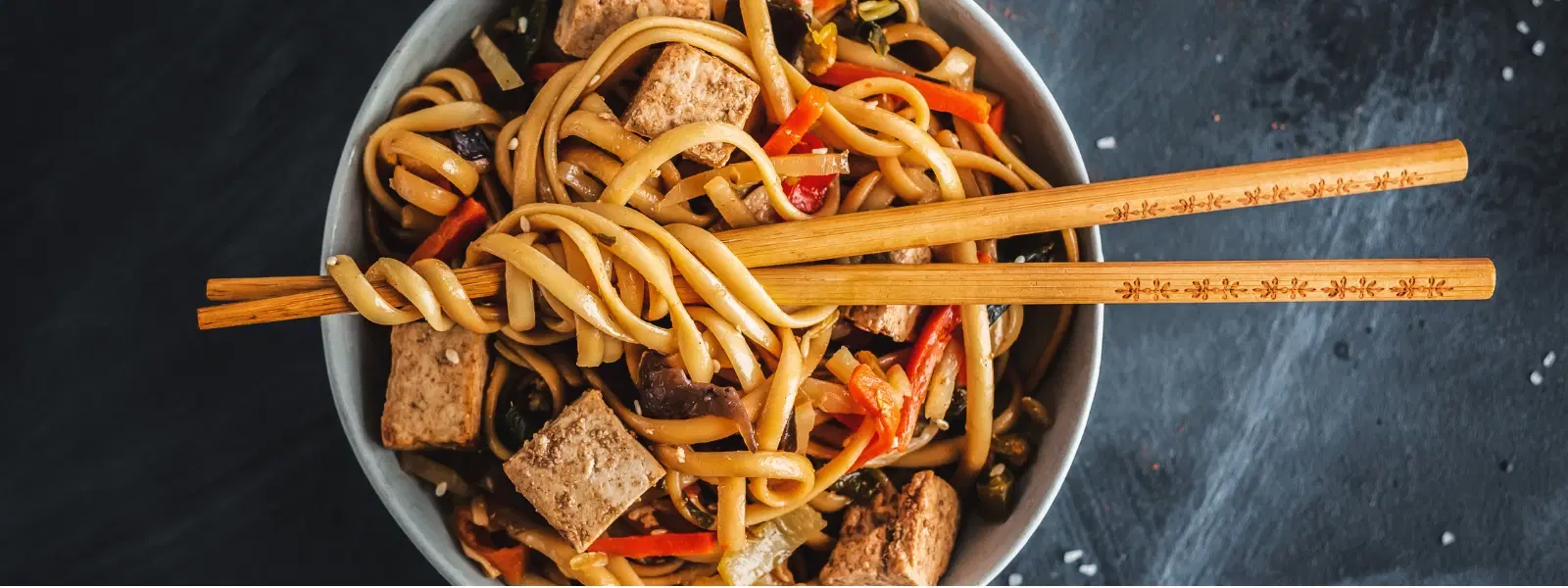
Flights
•03 min read

Imagine sitting at a Chinese banquet, surrounded by vibrant dishes, aromatic teas, and a rich tapestry of traditions that create memorable moments. China food culture is a fascinating blend of history, philosophy, and regional diversity that brings people together through its unique culinary experiences.
Chinese culinary traditions are deeply intertwined with the principles of balance and harmony, drawing on the yin-yang philosophy. Every ingredient is chosen not only for its flavor but also for its energy, helping to create meals that nurture both the body and the spirit. This focus on equilibrium is what makes traditional Chinese cuisine notably unique and profound.
The evolution of Chinese food is an epic tale spanning ancient dynasties to modern inspirations. Over centuries, culinary techniques have adapted and evolved, with notable milestones like the Tang Dynasty’s innovations that enriched the food culture. This historical progression continues to influence the aesthetics and practices in kitchens today.
From rice and wheat to noodles, staple foods form the backbone of Chinese meals. These ingredients are celebrated for their versatility, offering the perfect foundation for a range of rich flavors and textures. The simplicity of these staples carries layers of tradition and history, making each meal a journey into the heart of Chinese culinary fundamentals.
China's vast geography is mirrored in its diverse regional dishes. In Sichuan, bold and spicy flavors dominate, while Cantonese fare is recognized for its mild and fresh taste. Shandong cuisine offers savory, hearty meals, and Jiangsu delights with sweet, delicate flavors. Each region contributes its own story to the national tapestry, creating a delightful array of Chinese culinary traditions.

The bustling street food culture in China showcases the heart of community and innovation. From delicate dumplings to savory skewers and soft baozi, street vendors offer an authentic slice of Chinese everyday life. These treats, rich in history and layered with tradition, are a testament to the country’s culinary versatility and its ability to surprise and delight with every bite.
Dining in China is an art, with established table manners that add depth and meaning to every meal. Seating arrangements follow traditional customs, ensuring respect for elders and guests. The use of chopsticks, careful sharing of dishes, and the thoughtful presentation of meals are designed to foster a sense of community and connection. These practices are a guiding light in preserving the rich etiquette of Chinese dining.
Food in Chinese culture is seldom just about sustenance; it is imbued with symbolism and tradition. Special dishes take center stage during festivals like Lunar New Year, Mid-Autumn Festival, and even weddings, each holding deep meaning and cultural significance. Whether it’s a dish symbolizing luck or prosperity, these culinary rituals reflect the profound connection between food and celebration.
Insight Corner: "Did You Know? In Chinese dining culture, leaving food on your plate is considered polite—it shows the host provided more than enough for their guests."
Central to the allure of Chinese food culture are key ingredients such as soy sauce, ginger, garlic, tofu, and the distinctive Sichuan peppercorns. These components harmonize to create the rich and varied flavors found in traditional Chinese cuisine. Each ingredient not only plays a crucial role in flavor but also in maintaining the balance and holistic nature of the dishes.
No conversation about China food culture would be complete without a nod to its tea traditions. Tea is far more than just a beverage; it represents calm, reflection, and connection. Whether enjoyed during a quiet afternoon or as part of a ceremonial ritual, tea is a cornerstone of daily life and a symbol of deep-rooted cultural heritage.

Chinese culinary traditions have left an indelible mark on global food culture. Classic dishes like dim sum have inspired fusion recipes worldwide, reflecting a blend of innovation and respect for age-old practices. The widespread appeal of these culinary creations is a testament to the influence and adaptability of Chinese cuisine.
China’s cultural food encompasses a wide variety of dishes and traditions, emphasizing balance, harmony, and regional diversity.
Some of the most popular foods include dumplings, Peking duck, fried rice, and hot pot, which are enjoyed across the country.
While there isn’t an official national dish, Peking duck is often considered a symbol of Chinese culinary excellence.
Chinese food is renowned for its rich flavors, diverse ingredients, and the cultural significance tied to its preparation and presentation.
China food culture is a vibrant tapestry of history, tradition, and etiquette that offers a window into the country’s soul. The interweaving of regional specialties and time-honored customs not only tells the story of a nation but also provides a source of inspiration for those looking to explore traditional Chinese cuisine. As you embark on your own culinary adventures, whether planning a journey to experience regional Chinese dishes or savoring the delicacies through the reliable services offered by Air India and Air India Express on Tata Neu, you are embracing a remarkable blend of premium travel and enriched cultural discovery. With the added benefits of Tata Neu’s integrated loyalty program, including earning NeuCoins on every booking (1 NeuCoin = 1₹ saving), your travel experiences can be as rewarding as they are delightful. Enjoy the journey, and let the flavors of China inspire you to seek progress and do better in life.